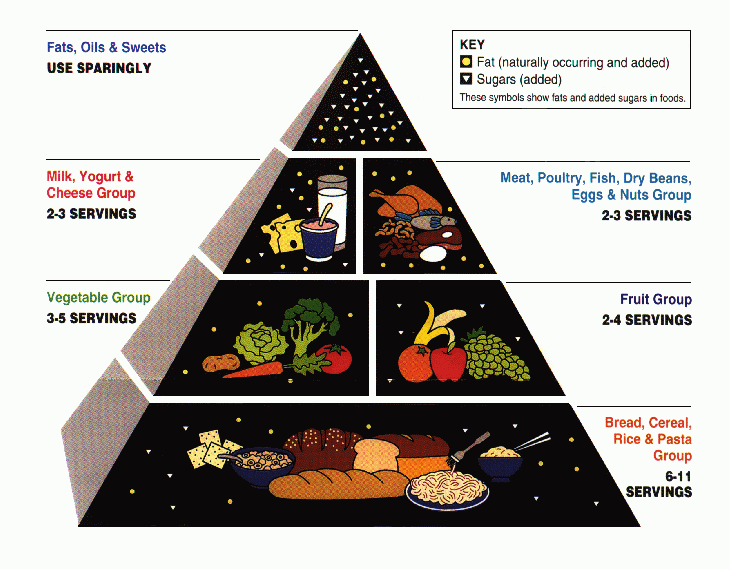
Summary: This week I learned about what kind of food goes in the categories of fruits, vegetables, protein, grains, and dairy. I know some foods that go into the categories but some things I don't know where they go like beans I wasn't sure which category they went in but in class I learned that beans are in the protein category. In class the whole class got into an argument of whether a avocado was a vegetable or fruit but we all learned that avocados are fruits because whenever a food has a seed or pit it's a fruit like a tomato. Another thing that I learned was about how a food pyramid works and how many servings we're supposed to have of a food group. A food pyramid is a pyramid that's built out of trapezoids and every trapezoid is a food group depending on the size of the the trapezoid that's how many servings of a food group you should be eating.
SP7: Engaging in argument from evidence
In science, reasoning and argument are essential for clarifying strengths and weaknesses of a line of evidence and for identifying the best explanation for a natural phenomenon. Scientists must defend their explanations, formulate evidence based on a solid foundation of data, examine their understanding in light of the evidence and comments by others, and collaborate with peers in searching for the best explanation for the phenomena being investigated.
Did you participate in a class discussion providing evidence for your answers, and/or used the ACE strategy in your work?
Answer: In class the whole class argued whether or not an avocado was a fruit or vegetable and some people said that it was a fruit because every fruit has a pit or seed.
XXC
Systems and System Models
IN SYSTEMS THE WHOLE IS GREATER THAN THE SUM OF ITS PARTS.
Identify the system and its parts; explain how the parts of the system work together
Answer: In class we learned about the food system and the food system is a pyramid that shows how much of something you're supposed to eat.
